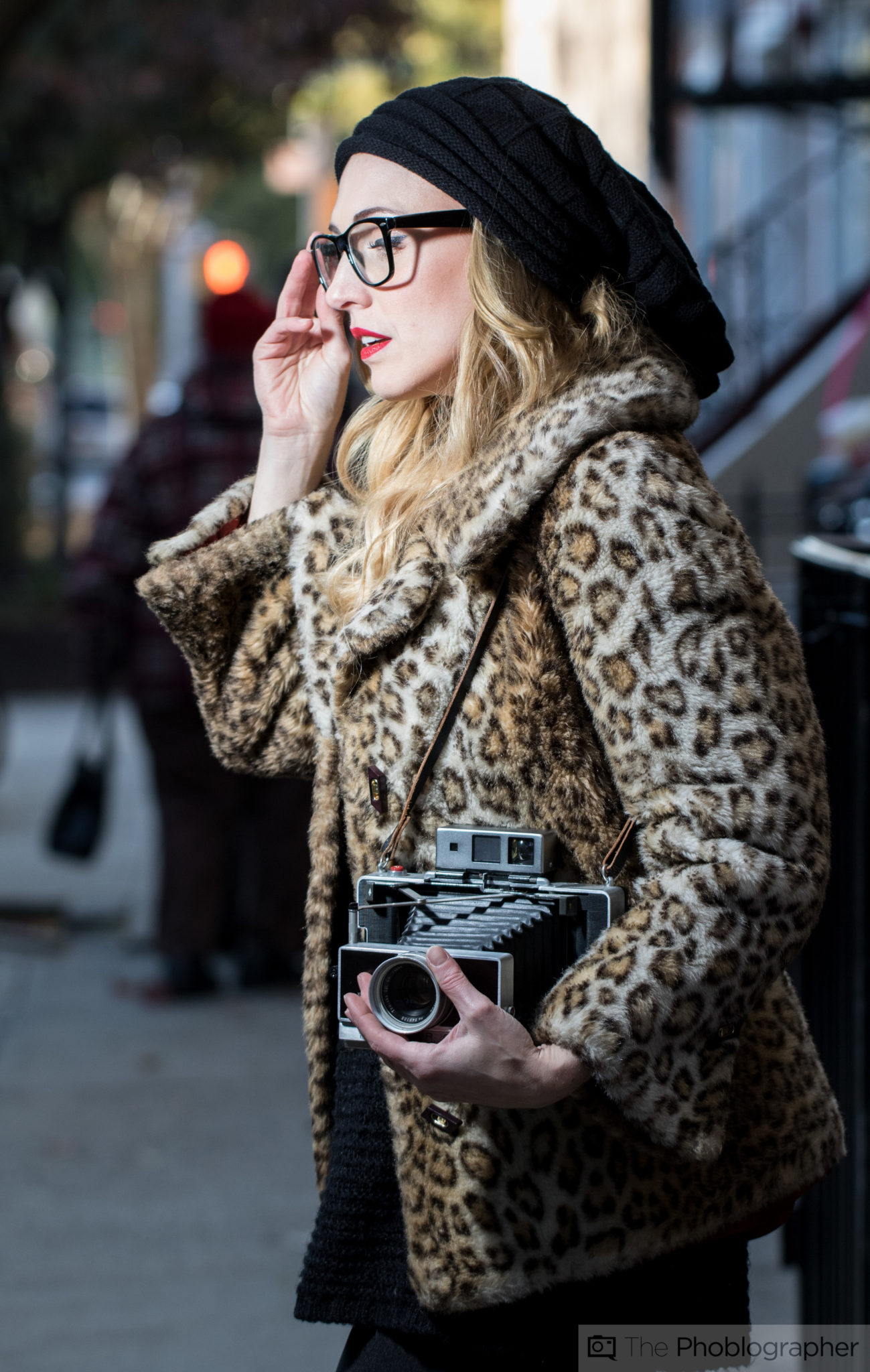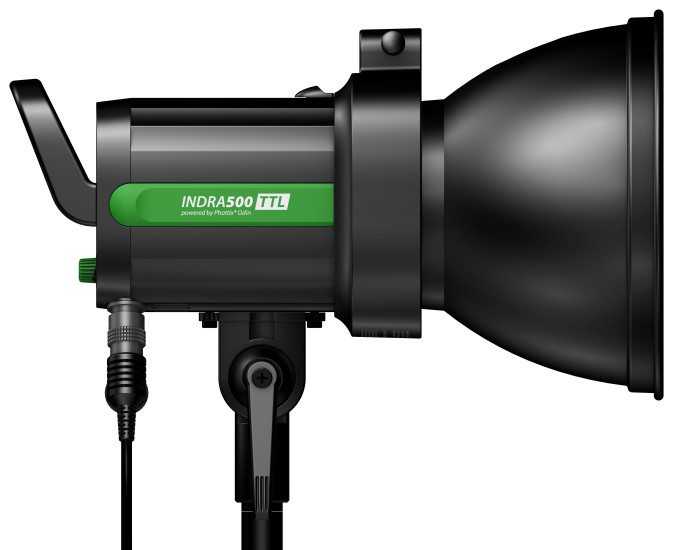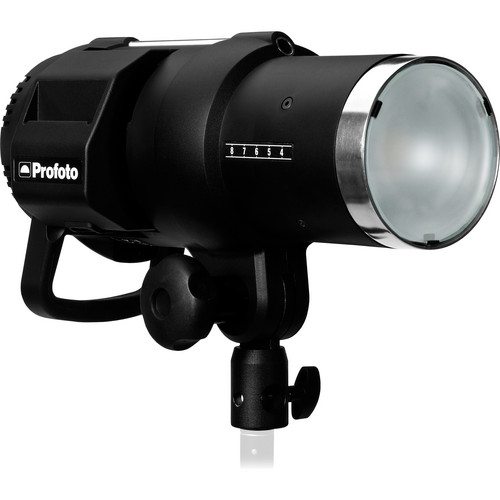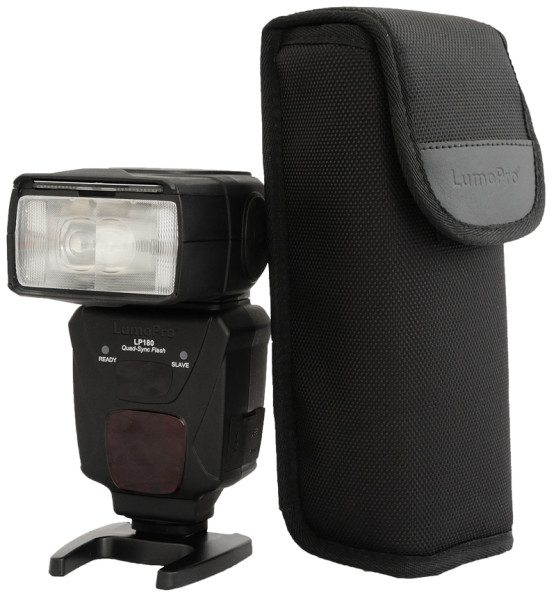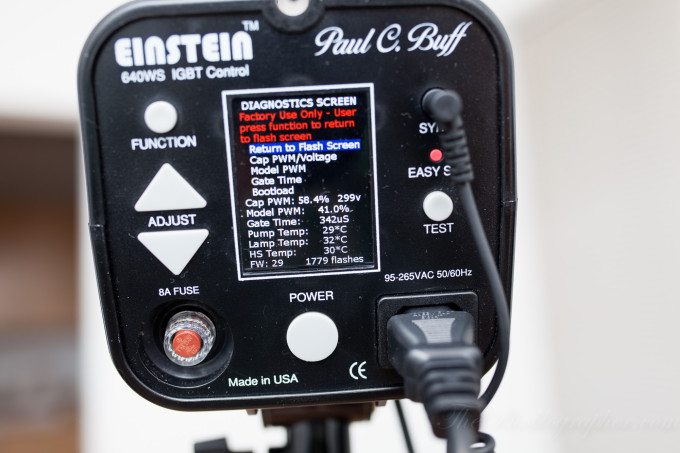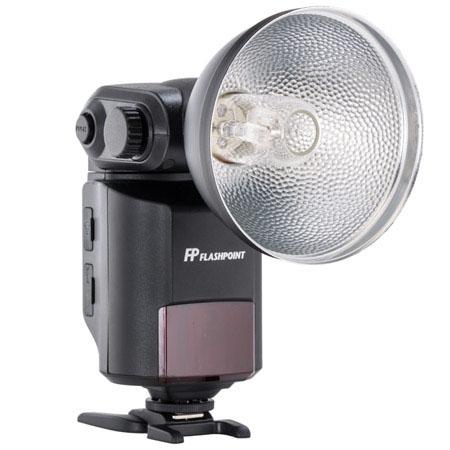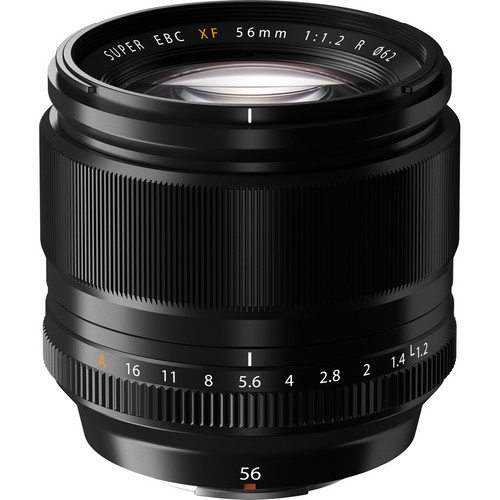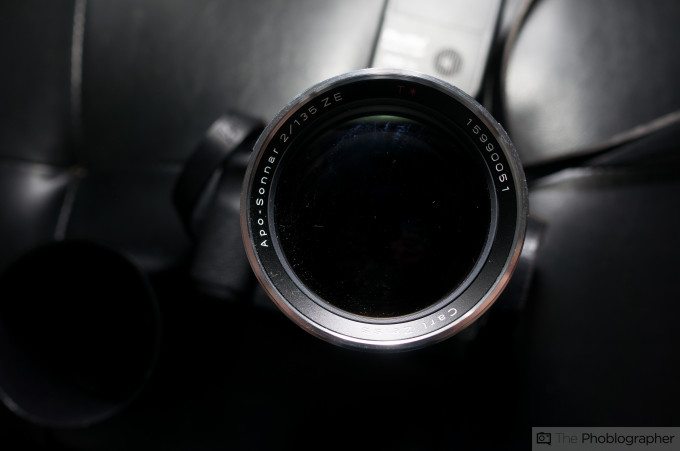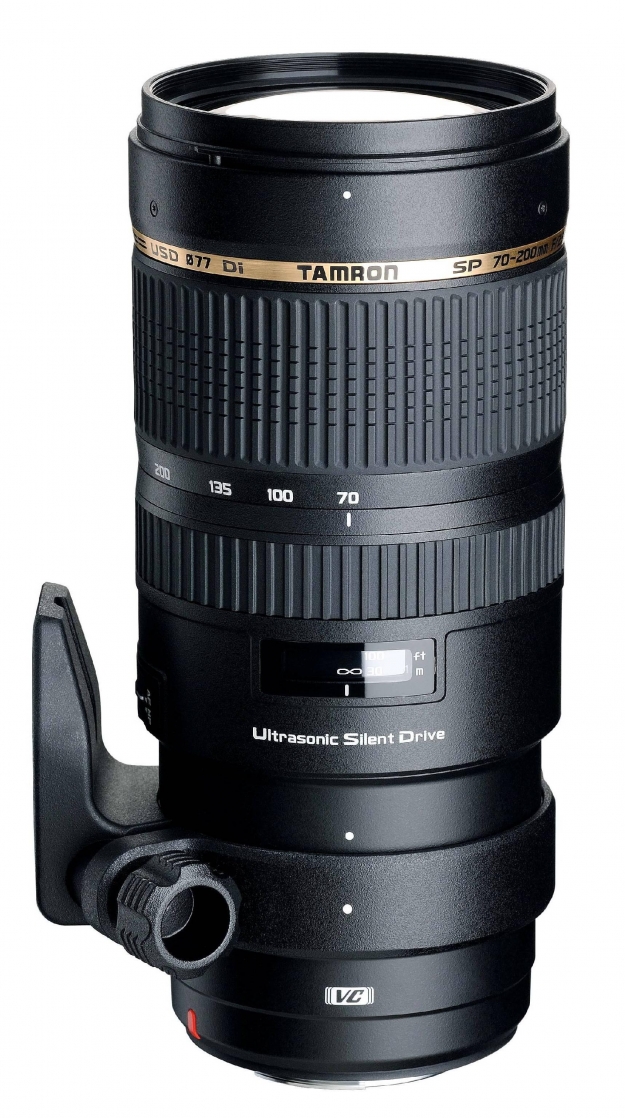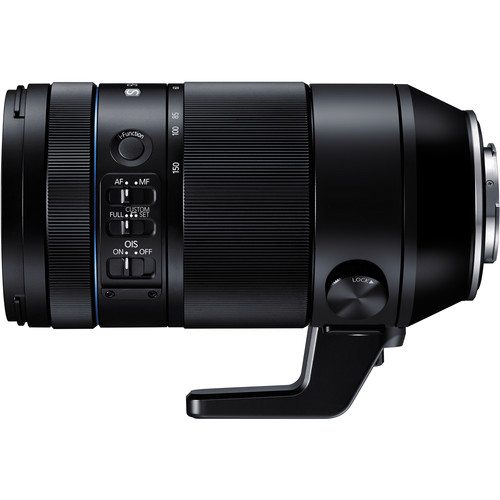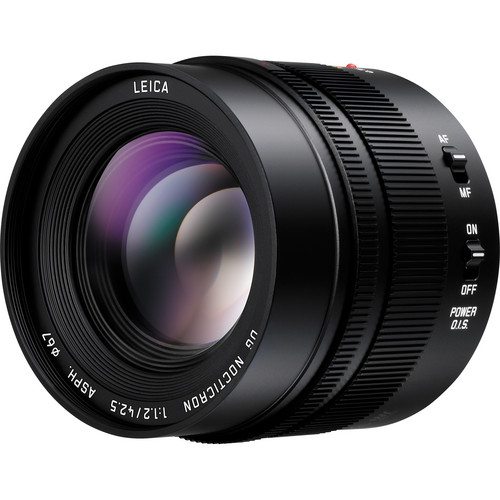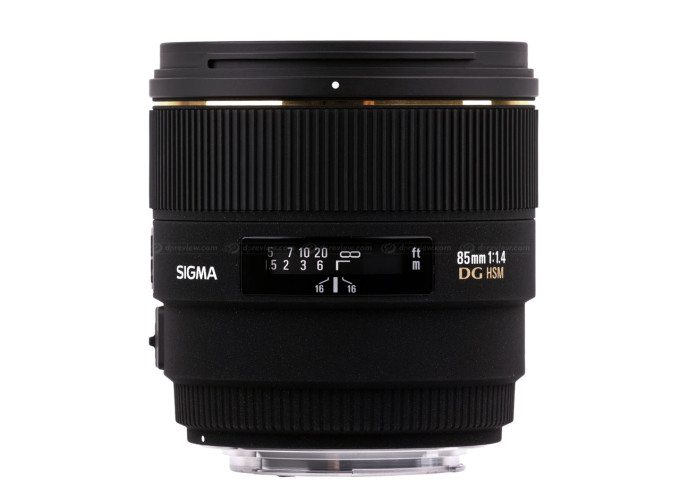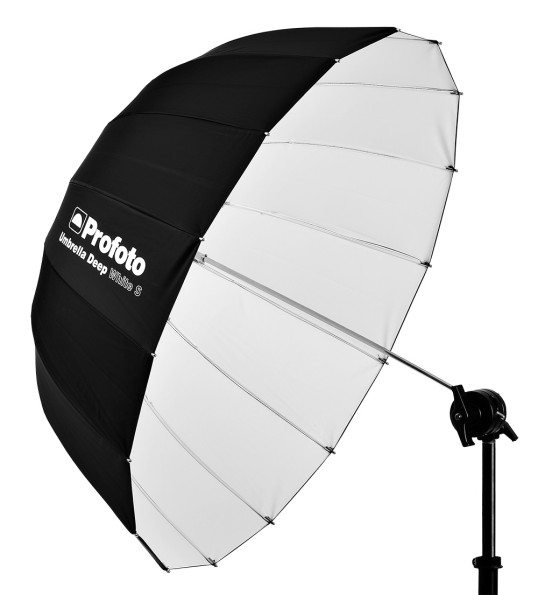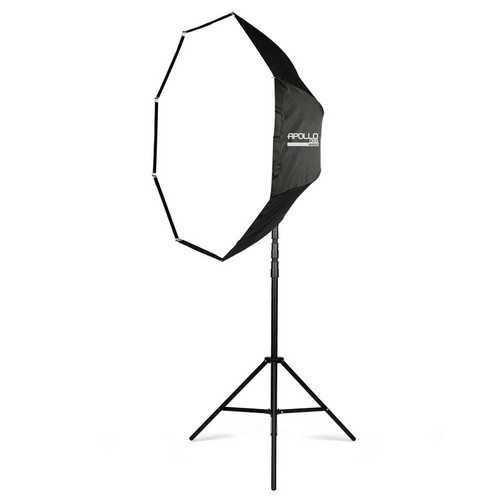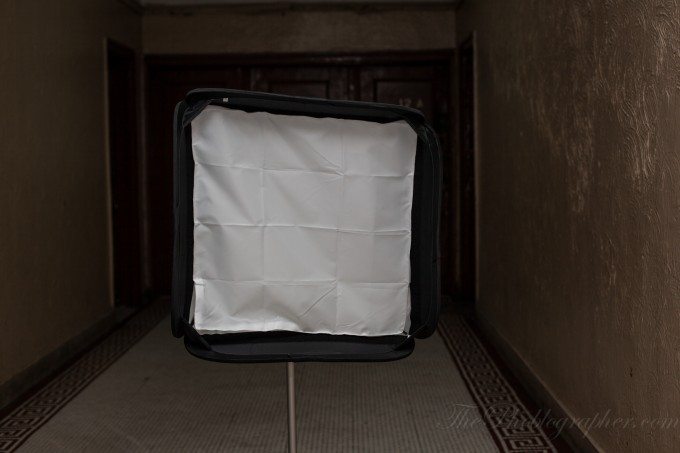With WPPI just on the horizon, we’re releasing our Portrait Gear Guide for the early portion of 2015. We’re breaking this down into lighting, lenses, and light modifiers that we strongly recommend from our own uses.
With that said though, we’d like to remind you that gear isn’t the end all be all, it’s the photographer that still creates the images.
Lighting
Phottix Indra500 TTL
In our first impressions we state:
“It was only a matter of time until Phottix released a light like this, and of many of the things that we saw at Photo Plus this year, Phottix’s Indra 500 has to be one of the most exciting.”
We’re currently in the process of reviewing it, and it’s shaping up to be not too shabby.
Profoto B1 Air
In our review we state:
“Profoto’s B1 500 TTL monolight is one of the first lights to offer photographers the best of both worlds. It has the power of a monolight but also has TTL integration. While some may feel that it is a bit heavy and large, we’ve seen much worse. There is also the price that needs to be considered. But for what it’s worth, you’ll probably pay around the same amount of money for the same power output from speedlights. If anything, hopefully this will make the first party companies drop their prices a bit.
The lighting can be adjusted via the camera or the Air remote; which once again gives the user lots of options and makes it really simple. The only thing simpler is what Phottix offers with the Odin; but that’s for speedlights and not a monolight.
The market that would make the most use of this light is the wedding industry. In fact, it was seemingly designed for it. We only recommend it if you need them though–and that may only really pertain to the higher end of the wedding and portrait world.
The Profoto B1 500 TTL light receives our Editor’s Choice award. But again, we don’t think that everyone needs them.”
LumoPro LP-180
In our review we state:
“After a month of testing, we have no reason not to give the LP-180 our Editor’s Choice award for Best Affordable Strobist flash. Its build quality can surely stand the test of time. The fact that you can shoot at ISO 100, 105mm at 10 feet away at f11 is also blowing our minds just a bit. Then mix into all of this the portability and the reliability.”
Paul C Buff Einstein E640
In our review we state:
“The Einstein E640 monolight is a godsend for me. It is powerful, portable, consistent enough in terms of color output, and simple to operate. It is also built like a tank while staying light. I haven’t had a single major complaint about it over the past couple of months.”
Adorama Flashpoint Streaklight 180 and 360
In our review we state:
“During our months of testing the Adorama Flashpoint Streaklight, we were quite impressed with not only its light output but also the fairly good build quality. If lumopro were to make a competing product, we’re sure that it would be made more sturdy. But with that said, the Streaklight isn’t terribly built. Somehow or another though, we can’t shake the feeling of all these parts together somehow or another possibly breaking on us. Then again, they haven’t in the months of countless shooting that we’ve done with it.
And for that reason combined with the excellent light output, we’re awarding the Adorama Flashpoint Streaklight our Editor’s Choice award.”
Lenses
Fujifilm 56mm f1.2
In our review we state:
“Fujifilm’s 56mm f1.2 is the sharpest mirrorless camera lens that we’ve tested. Not only that but it exhibits beautiful bokeh, pretty good color rendition, almost no distortion, focuses quickly, and is built well. It’s a bit expensive though, and for that reason we really only want to recommend it to the creme de la creme of the X series users. Shooting images of your cat or breakfast with this lens is a total waste and will make the theoretical photography gods weep tears of fixer fluid.
You’ll get the most out of this lens when using it in the studio–so that’s where we recommend that anyone aspiring to get this product uses it. Flash will give you the absolute sharpest images and that’s how you’ll really be able to take the most advantage of what this lens can give you.”
Zeiss 135mm f2
In our review we state:
“The Zeiss 135mm f2 is an absolute dream when it comes to portrait lenses. It is sharp, contrasty, produces beautiful bokeh, and has an excellent build quality. But in the end, it is still quite expensive. However, if you can save up for it and justify the purchase to yourself, you won’t be sorry at all despite a couple of other needs when it comes to focusing.
The Phoblographer awards the Zeiss 135mm f2 an Editor’s Choice Award for the best portrait lens ever–and if you decide to spring for it, you won’t look back at anything else. But we recommend that you rent it through BorrowLenses.com before you make the purchase.”
Tamron 70-200mm f2.8 SP Di VC USD
In our review we state:
“Tamron’s 70-200mm f/2.8 SP Di VC USD is a lens that has really left us speechless. It’s sharp, affordable for the offering, fast to focus, contrasty, has some extremely wonderful bokeh, and also is tough as nails. The photographers who may purchase this lens are those looking to save some extra cash, the semi-professional looking for a good telephoto zoom lens to build their photography business, or the traveller looking to rent something with really good performance.
In the end, we really can’t say very much of a bad thing about this lens. What we stated about the weight earlier on must be accepted with a lens like this. Additionally, the problem with the finish is easily fixed with the addition of gaffers tape–it’s a trick we used to do all the time in the professional world.”
Samsung 50-150mm f2.8
In our review we state:
“Samsung has delivered to us an exemplary lens that offers some of the highest image quality that we’ve seen from a mirrorless camera offering. Hands down, it has the best color of any telephoto zoom lens designed for a MILC that we’ve seen. It’s also got a great build overall–though we have some very minor qualms with it that can be solved with the addition of gaffer tape to the lens.
Portrait photographers should take a much more serious look at what Samsung offers–you’ll be truly blown away.”
Olympus 40-150mm f2.8
In our review we state:
“We spent five days with this aggressively designed piece of glass. Among any of the Olympus zoom lens offerings that we’ve tested, the 40-150mm f2.8 PRO is the one that I loved the absolute most and almost didn’t want to send back. It’s lightweight, fairly small for what it is, fast to focus, offers crisp image quality, is weather sealed, and won’t fail you when working. For the wedding, sports, portrait, or journalism photographer that needs to work with zooms, you should know that Olympus now has the best zoom lens lineup of any manufacturer in the mirrorless camera world. When coupled with the company’s very good 12-40mm f2.8 lens, you won’t encounter a single moment that you can’t capture.
Using this lens is fun, and glass like this reminds us that even though these cameras have small sensors, there is still quite a bit that they can do in the right situations.
What Olympus needs to do now is work on weather sealed prime lenses. They have loads of wonderful, beautiful primes. But working pros would appreciate extra durability.”
Panasonic 42.5mm f1.2
In our review we state:
“Panasonic’s 42.5mm f1.2 is a lens that you can have almost no complaints about on the right system. It’s sharp, focuses quickly, has great color for portraits, features a robust build quality, feels great in the hand, and can help you deliver better images when combined with the right skills in lighting and composition.
Indeed, Panasonic has created the perfect portrait optic for the system–and it’s about time that they did.”
Sigma 85mm f1.4
In our review we state:
“Next to its 50mm cousin, the Sigma 85mm F/1.4 may be one of the best values on the market at the moment. Sigma has done a great job at filling the gap between Canon’s current offerings. The Sigma 85mm F/1.4 sits nicely between the Canon 85mm F/1.8 and the Canon 85mm F/1.2 in price, but I think it is much closer to the Canon 85mm F/1.2 in performance. If you wanted to do a comparison, you would really have to put the Sigma up against the Canon 85mm F/1.2. Yes, the Canon 85mm F/1.2 is one of Canon’s flagship lenses and it would most likely beat the Sigma in most tests, but you are also going to pay more than double the price for Canon’s L glass. If you are seriously considering purchasing the Canon 85mm F/1.2 or even the Canon 85mm F/1.8, I would strongly suggest you take a look at the Sigma 85mm F/1.4. I think you may be surprised by the results.”
Lighting Modifiers
Profoto’s Entire Umbrella Lineup
Though we haven’t completed a full review of these umbrellas, we used them during our Zeiss 55mm f1.4 Otus lens tests and fell in love with them.
Westcott Apollo Orb
We’ve used the Apollo Orb a couple of times earlier on in the site’s history, and really recommend it as one of the best softboxes that you can get your hands on.
Impact Quikbox
In our review we state:
“The Impact Quikbox did quite a good job. It folds up quickly and is easy to set up on a location. It comes with a convenient and easy to carry case too, though I wish that it also included some sort of should strap for easier carrying and transport when you’re by yourself on a shoot.
One of my quibbles is the fact that it got bent out of shape too easily. With the design of the box (that doesn’t use any removable rods) that may be a tough one to fix.
I personally know the designer of the product. While I admit that it is a good product, it wasn’t one that I could fall in love with in the end. If they made the Quikbox in larger versions (like 3 foot by 4 foot) I’d be married to it.
So who is this for? Location portrait photographer, engagement photographers, product photographers, and photographers who have two or more of these units might actually be able to deliver some very stunning results. But in the end, what I also wanted was interchangeability with the Impact LiteTrek: one of my favorite monolights and I am also told that the unit may soon do that with the softbox.”


